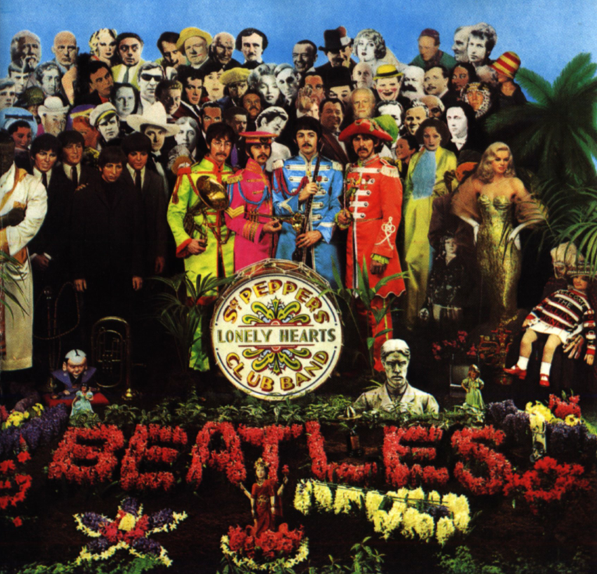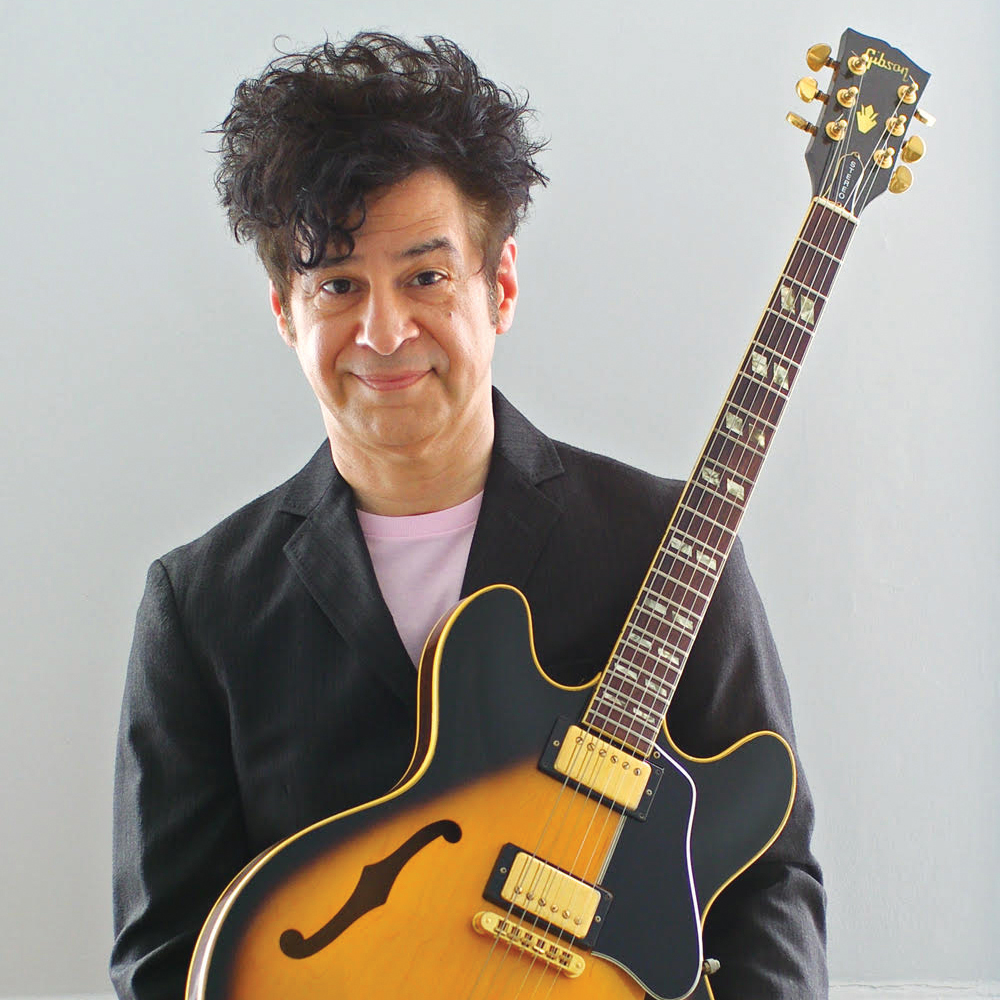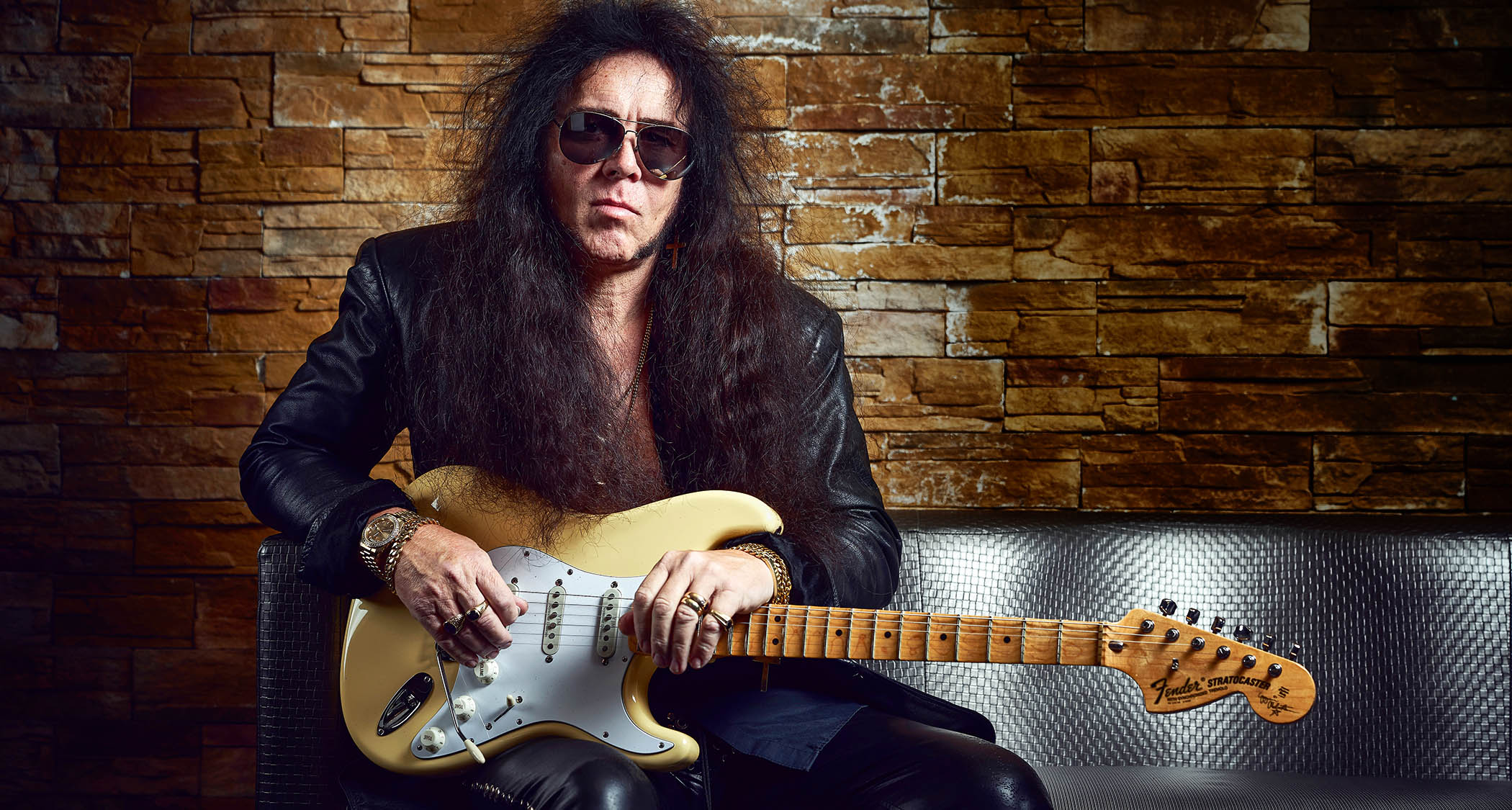Song Facts: The Beatles —"Fixing a Hole"

Prior to Sgt. Pepper's Lonely Hearts Club Band, the Beatles had recorded at studios outside of Abbey Road when circumstance required — "Can't Buy Me Love" was recorded at EMI's facility in Paris during a 1964 tour, and the vocals heard on the mono version of "Help!" were (for reasons unknown) rerecorded at a film post-synchronization studio during the making of the movie Help! in late May 1965.
But "Fixing a Hole" marks the first time scheduling conflicts forced the group to work outside of Abbey Road. Discovering that the studio was booked, the Beatles checked into Regent Sound Studio, a small but well-established budget studio in London where the Rolling Stones had recorded their first album.
As Geoff Emerick was an EMI employee, he was not allowed to engineer the session; that duty fell to Regent engineer Adrian Ibbetson. George Martin was by this time an independent producer and was able to produce the session.
Written by Paul McCartney, "Fixing a Hole" features an expressionistic lyric that is unlike anything he'd written before; McCartney has said the lyrics simply reflect a wish to let his mind wander freely, a concept that was in harmony with the mood of the times. It is also one of the simplest recordings on Sgt. Pepper's Lonely Hearts Club Band.
The basic track recorded at Regent features McCartney on bass, Ringo Starr on drums, George Harrison on guitar and Martin on harpsichord. McCartney, Harrison and John Lennon added backing vocals at Regent, and — back at Abbey Road Studio Two on February 21 — McCartney double-tracked his lea vocals for the bridges and outro refrain.
The spare, tranquil arrangement is punctuated frequently by Harrison's double-stopped descending melody between the verses, and he resorts to some effective rockabilly-inspired riffing on the middle eight and in his solo.
Harrison used his Sonic Blue Fender Stratocaster for the session, getting a fair amount of distortion from his amplifier. Martin recalls that the gain, bass and treble controls on his amp were turned up high. In addition, the solo was phased on mixdown using Artificial Double Tracking. The effect can be heard clearly on mono mixes of the song, but is somewhat diminished on stereo versions, as the two tracks that creat the effect are panned separately rather than superimposed.
Get The Pick Newsletter
All the latest guitar news, interviews, lessons, reviews, deals and more, direct to your inbox!
RECORDED: Recorded: February 9 and 21, 1967, Regent Sound Studio A and Abbey Road Studio Two
Christopher Scapelliti is editor-in-chief of Guitar Player magazine, the world’s longest-running guitar magazine, founded in 1967. In his extensive career, he has authored in-depth interviews with such guitarists as Pete Townshend, Slash, Billy Corgan, Jack White, Elvis Costello and Todd Rundgren, and audio professionals including Beatles engineers Geoff Emerick and Ken Scott. He is the co-author of Guitar Aficionado: The Collections: The Most Famous, Rare, and Valuable Guitars in the World, a founding editor of Guitar Aficionado magazine, and a former editor with Guitar World, Guitar for the Practicing Musician and Maximum Guitar. Apart from guitars, he maintains a collection of more than 30 vintage analog synthesizers.











